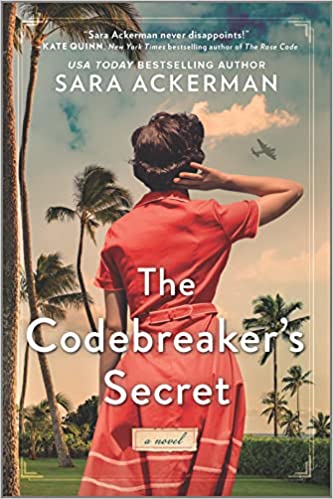 The Codebreaker's Secret by Sara Ackerman
The Codebreaker's Secret by Sara Ackerman Format: eARC
Source: supplied by publisher via Edelweiss
Formats available: hardcover, large print, paperback, ebook, audiobook
Genres: espionage, historical fiction, World War II
Pages: 384
Published by Mira Books on August 2, 2022
Purchasing Info: Author's Website, Publisher's Website, Amazon, Barnes & Noble, Kobo, Bookshop.org, Better World Books
Goodreads
A brilliant female codebreaker. An “unbreakable” Japanese naval code. A pilot on a top-secret mission that could change the course of WWII. The Codebreaker's Secret is a dazzling story of love and intrigue set during America’s darkest hour.
1943. As war in the Pacific rages on, Isabel Cooper and her codebreaker colleagues huddle in “the dungeon” at Station HYPO in Pearl Harbor, deciphering secrets plucked from the airwaves in a race to bring down the enemy. Isabel has only one wish: to avenge her brother’s death. But she soon finds life has other plans when she meets his best friend, a hotshot pilot with secrets of his own.
1965. Fledgling journalist Lu Freitas comes home to Hawai'i to cover the grand opening of the glamorous Mauna Kea Beach Hotel, Rockefeller's newest and grandest project. When a high-profile guest goes missing, Lu forms an unlikely alliance with an intimidating veteran photographer to unravel the mystery. The two make a shocking discovery that stirs up memories and uncovers an explosive secret from the war days. A secret that only a codebreaker can crack.
My Review:
 Like the author’s previous work, The Codebreaker’s Secret is primarily set in the author’s home state, Hawai’i, during World War II. And like her other books, this one mixes a touch of romance with a story about both brave and nefarious wartime deeds on a homefront that experienced the war just a bit differently – and considerably closer to home – than did the mainland.
Like the author’s previous work, The Codebreaker’s Secret is primarily set in the author’s home state, Hawai’i, during World War II. And like her other books, this one mixes a touch of romance with a story about both brave and nefarious wartime deeds on a homefront that experienced the war just a bit differently – and considerably closer to home – than did the mainland.
This one is also a bit different because it has a bit of a timeslip element to it. Not exactly, and not all that far apart in time, but just far enough for that wartime experience to seem both far away in the rearview mirror but still very much relevant – and impactful – on the characters’ present.
We begin in 1942, in Washington DC, with codebreaker Isabel Cooper desperate to get to Hawai’i. Her brother was an Army pilot, who was stationed at Pearl on that “Date which will live in infamy” when Japan bombed Pearl Harbor. Walt Cooper went down with his plane. He was his sisters’ big brother, protector and best friend, and her world seems empty without him to share it with.
She’s determined to go to Hawai’i, to meet Walt’s friends, to see what he saw and walk where he walked, so that she can feel closer to him – even though he’s gone. When she manages to break the code of Japan’s complex naval cipher machine, she’s on her way to Pearl, where her adventure truly begins.
In 1965, Luana (call her Lu, please!) Freitas is on her way back to her home in Hawai’i, but not for a visit to her family. She’s a features writer for Sunset Magazine and she’s come to cover the opening of Laurance Rockefeller’s brand new hotel, the Mauna Kea Beach Hotel, on the Kohala Coast of the island of Hawai’i. Sunset was, and is, a lifestyle magazine. Lu was supposed to write about the luxurious splendor of the hotel and the parties attended by the rich and famous.
But the first person Lu meets on the way to the hotel is the famous singer Joni Diaz. The second person is the legendary Life Magazine photographer Matteo Russi. When Joni goes missing, the writer and the photographer team up to learn what, and especially who, happened to the singer for her body to wash up on the hotel’s otherwise pristine beach.
What they discover is that the secrets and the enemies that have been hidden since the war still have the power to destroy. But that the wounds left behind by that war can still be healed, and that what was once lost can be found again. Even in the last place that anyone ever expected to look.
 Escape Rating A: This is my third book by Sara Ackerman (after Red Sky Over Hawaii and Radar Girls) and so far it’s my favorite. (I’m saying “so far” because there are two earlier books of hers that I have not yet read – and because of course I expect more!)
Escape Rating A: This is my third book by Sara Ackerman (after Red Sky Over Hawaii and Radar Girls) and so far it’s my favorite. (I’m saying “so far” because there are two earlier books of hers that I have not yet read – and because of course I expect more!)
A huge part of what made this work so well for me was the way that the “timeslip” worked. First we follow Isabel in 1943, then we are with Lu in 1965. There’s no need for any supernatural woo-woo or lost diaries to make the two stories link up, because Matteo Russi becomes a central figure in both time periods.
Which is entirely plausible and even realistic. Think about that whole meme on the interwebs about the foreshortening of time, that in our heads we think of 1980 as being twenty years ago when it’s really 40 years ago and what a mindbend that is.
But in 1965 the men and women who served in World War II (and survived) were mostly in their 40s, and often their early 40s at that. Very much in their primes, with most of their lives still ahead of them. A lot of TV heroes in the mid-1960s had served in either WW2 or Korea, which led to them being cops or private investigators or something else dangerous and sexy. Not that I was thinking that last bit when I watched those shows, I was only eight in 1965.
That Matteo is a young aviator in 1942 and an experienced photographer in 1965 at the top of his game grounds the story. As does Lu’s position of being a young female journalist who feels compelled to beat the men who are certain that she can’t cut it because she’s a woman.
There have been a lot of recent books about women serving as code breakers and other top secret positions during the war – a trend that this author has herself contributed to. This is also something that would have once been believed to be too sensational to be true, but with the war years now mostly declassified, those truths have come out and aren’t they glorious?
One of the things that made this work so much better for me than Red Sky Over Hawaii is that the villain of The Codebreaker’s Secret is entirely realistic and not over-the-top at all. There were plenty of Nazis who were brought to the U.S. after the war, with their records sanitized by the U.S. government, in order to advance the U.S. missile program and give us a leg up against the Soviets in the Cold War arms and space race.
That there were spies and agents working for the Nazi cause during the war is hardly a surprise. It’s been a topic for conspiracy theories and espionage thrillers for decades. And it allows for a disgustingly slimy, smarmy villain who is all-too-realistic and not over-the-top at all.
I’m always fascinated with the history in historical fiction, but what really makes this story sing – and even occasionally dance – are the personalities of its three protagonists, Isabel Cooper, Luana Freitas, and especially Matteo Russi who links the two – although not in the way that you’re probably thinking. And the story is infinitely better for that link not following the usual patterns.
Although their stories take place two decades apart, both Lu and Isabel are in the same place in each of theirs. Not just geographically, but also personally and professionally. They are both in their early 20s, both experiencing their first taste of freedom and responsibility, both driven to excel in professions that are dominated by men. And both willing to put themselves on the line for the truth.
At the same time, Matteo, who is the same human being in both time periods, is radically different. Time, experience and war have changed him from the brash young man who was Isabel’s friend but never her lover, to the womanizing bastard who is at the top of his profession but heading towards the bottom of his life.
He has no idea that mentoring Lu will heal so much of what has ailed him since the war. If only he can open himself up enough to try.
As I said earlier, I loved The Codebreaker’s Secret. I can’t wait for the author’s next book, because I’m highly anticipating more historical fictional goodness set in a captivating place and manages to provide a bit of a fresh perspective on a time period that has been endlessly explored – but not from this marvelous angle. Hopefully this time next year!


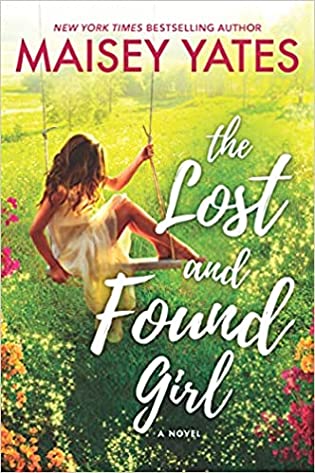 The Lost and Found Girl by
The Lost and Found Girl by 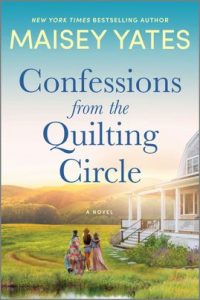 Escape Rating B-: One of the things I like about this author’s contemporary romances is that the situations that her protagonists are in tend to be fairly plausible. The dramatic tension in the romance is never a misunderstandammit, but rather two people honestly coming from different places that are, in real life, hard to resolve. (My personal favorite of hers is last year’s
Escape Rating B-: One of the things I like about this author’s contemporary romances is that the situations that her protagonists are in tend to be fairly plausible. The dramatic tension in the romance is never a misunderstandammit, but rather two people honestly coming from different places that are, in real life, hard to resolve. (My personal favorite of hers is last year’s 
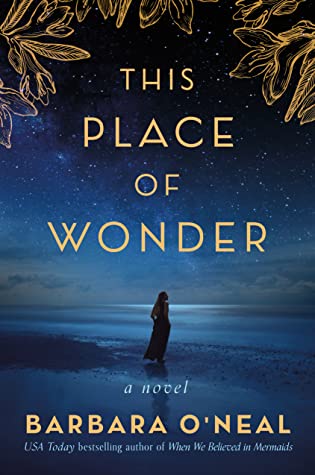 This Place of Wonder by
This Place of Wonder by 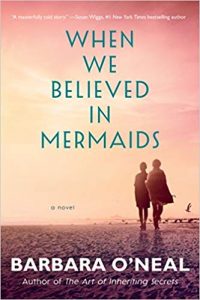 As wonderful as this story is, its protagonists are not exactly in a place of wonder as it opens. Unless that wonder is wondering WTF happens now that Augustus Beauvais is dead.
As wonderful as this story is, its protagonists are not exactly in a place of wonder as it opens. Unless that wonder is wondering WTF happens now that Augustus Beauvais is dead. Escape Rating A-: Like several of the author’s previous books that I have enjoyed,
Escape Rating A-: Like several of the author’s previous books that I have enjoyed, 
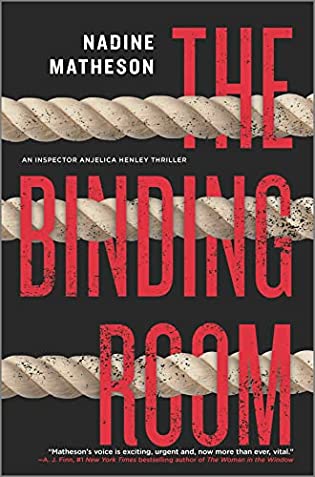 The Binding Room (Inspector Anjelica Henley, #2) by
The Binding Room (Inspector Anjelica Henley, #2) by 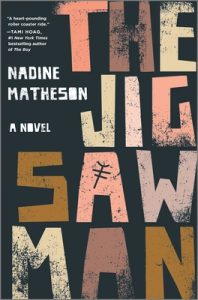 Escape Rating A: I can’t use words like “enjoy” when talking about the reading of The Binding Room, because this doesn’t feel like the kind of story one enjoys – or at least that I enjoy. It’s the kind of story that has me on the edge of my seat, biting my nails, holding down my gorge and making sure all the lights are on. It’s compelling in the way that does not let the reader turn their eyes away because what it at its heart is a display of the many brutal ways in which human beings seriously suck and are entirely too capable of committing terrible evil in the name of the so-called “greater good”.
Escape Rating A: I can’t use words like “enjoy” when talking about the reading of The Binding Room, because this doesn’t feel like the kind of story one enjoys – or at least that I enjoy. It’s the kind of story that has me on the edge of my seat, biting my nails, holding down my gorge and making sure all the lights are on. It’s compelling in the way that does not let the reader turn their eyes away because what it at its heart is a display of the many brutal ways in which human beings seriously suck and are entirely too capable of committing terrible evil in the name of the so-called “greater good”.
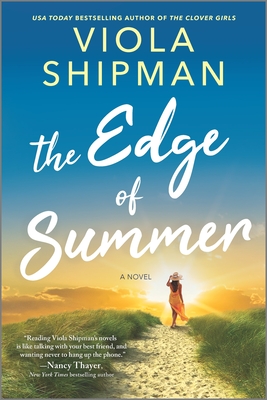 The Edge of Summer by
The Edge of Summer by 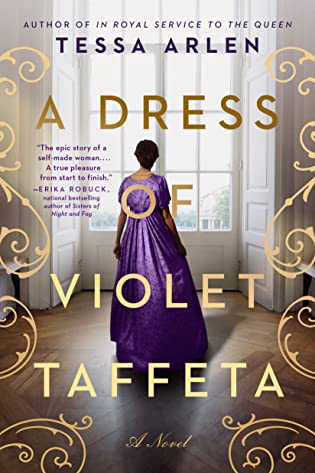 A Dress of Violet Taffeta by
A Dress of Violet Taffeta by 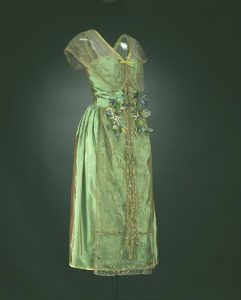
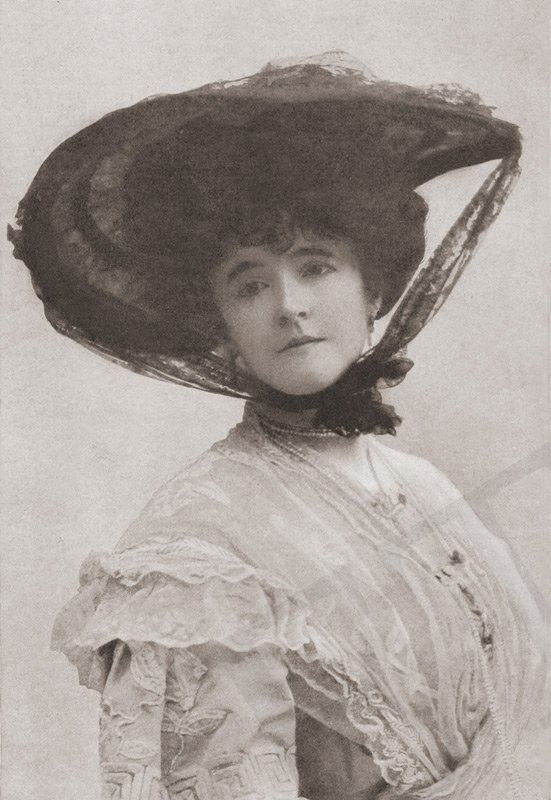
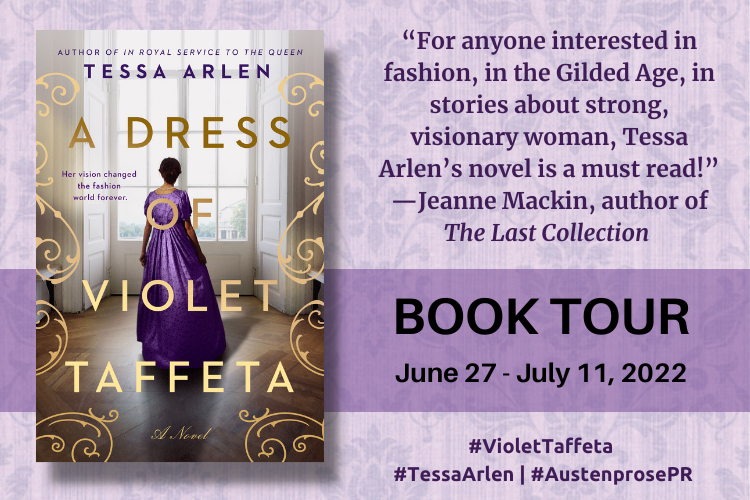
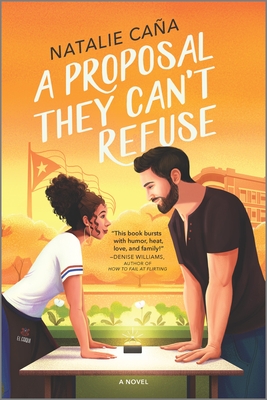 A Proposal They Can't Refuse by
A Proposal They Can't Refuse by 
 The Boardwalk Bookshop by
The Boardwalk Bookshop by 
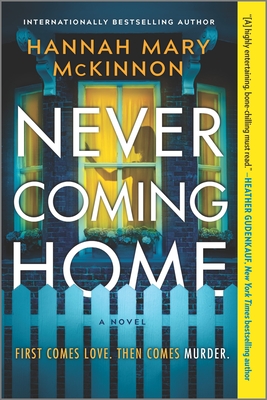 Never Coming Home by
Never Coming Home by  The Honeymoon Cottage by
The Honeymoon Cottage by